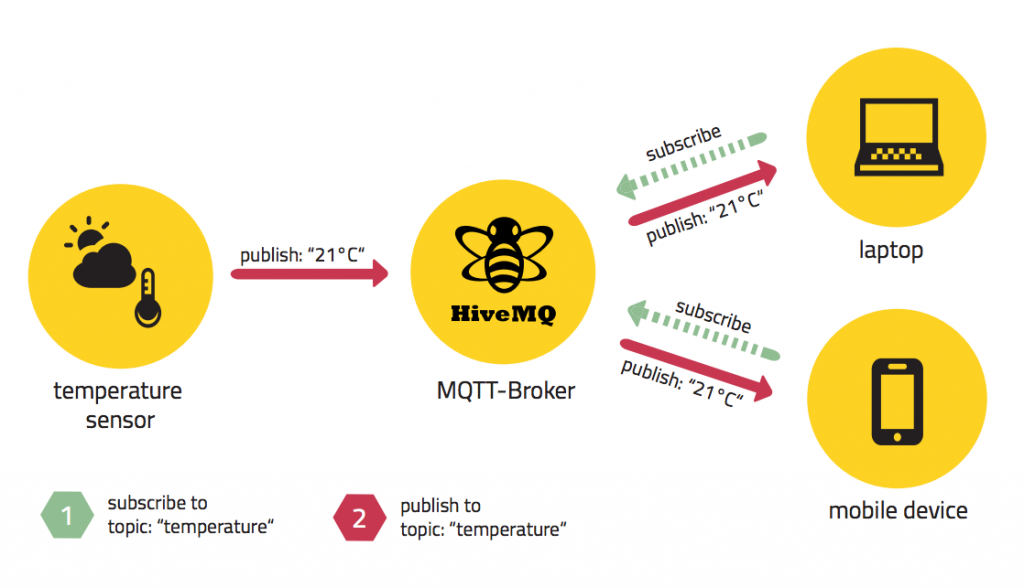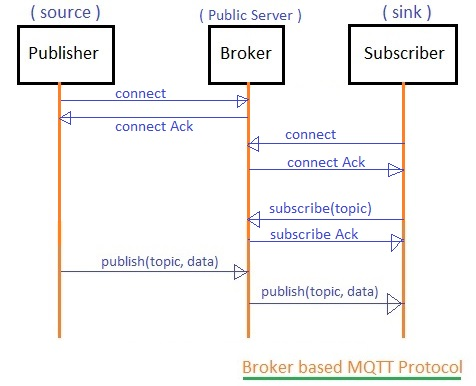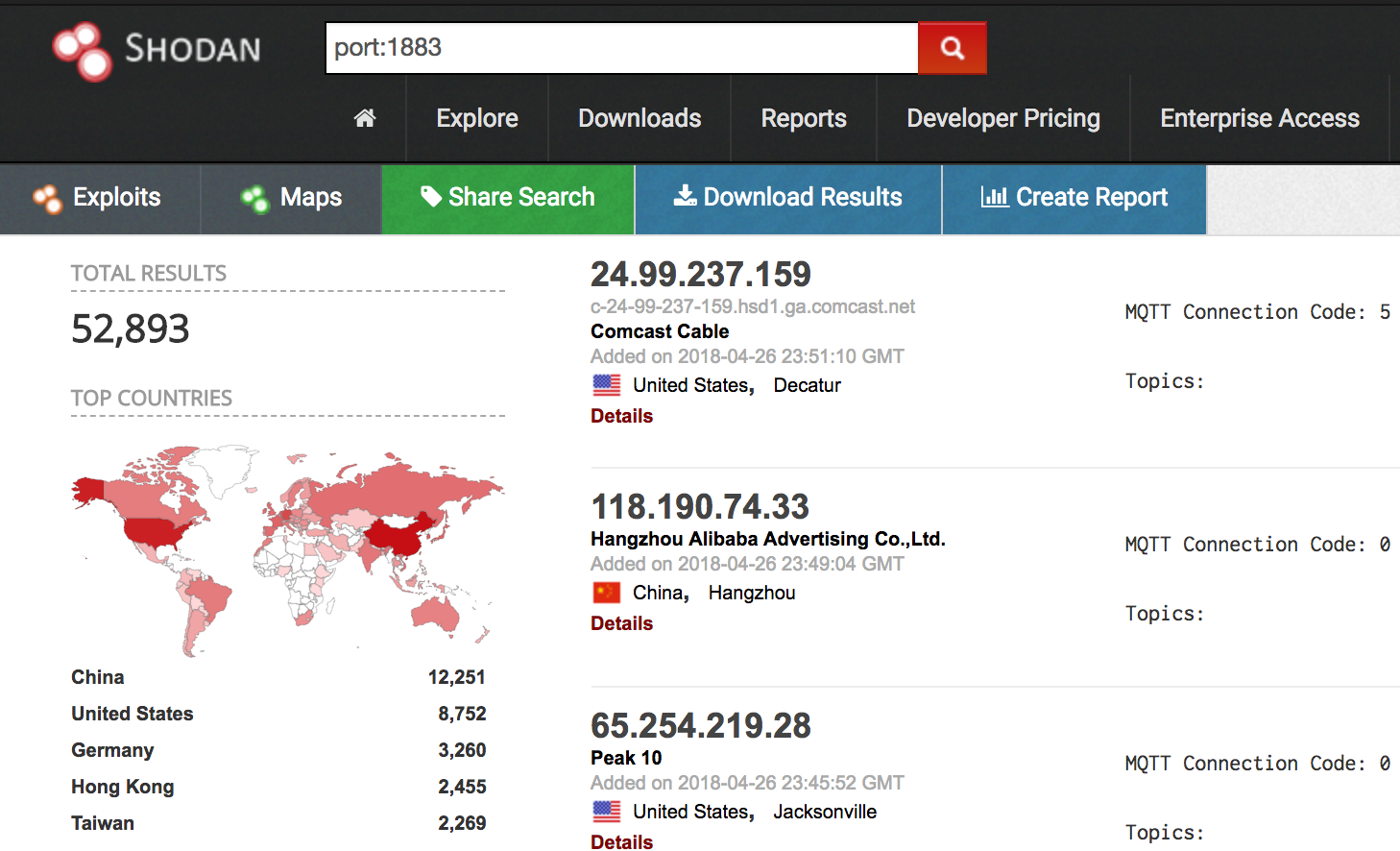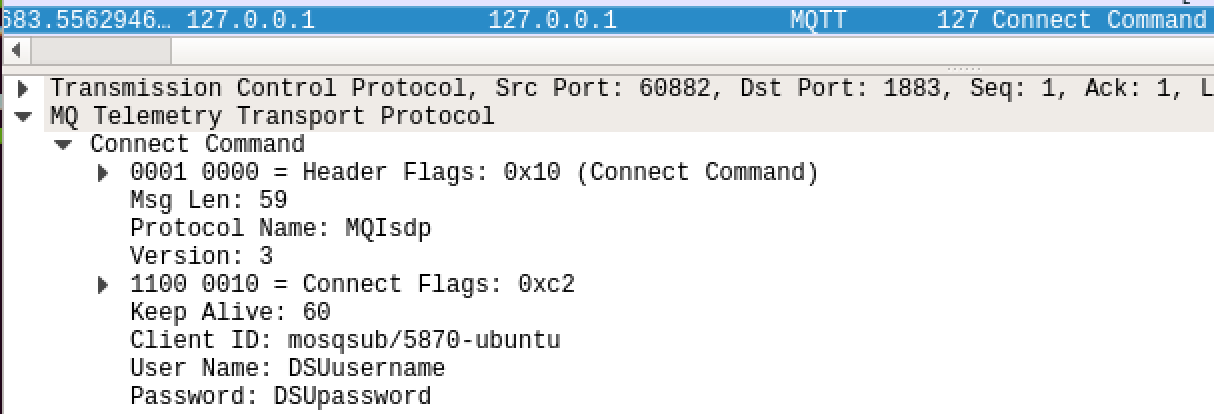Slack Group
Before we get started I have started a new slack group dedicated to hacking. We welcome everyone from beginner to advanced to join. I will be on everyday answer questions, doing CTFs, and talking about cool hacks. If you enjoy hacking and are looking for like minded people join below:
NEW Hacking Group Slack Channel
Introduction
IOT devices need a way to communicate with each other and there are several protocols that allow them to do this. The most popular IOT communication protocols that run over wifi are HTTP, MQTT, XMPP, and AMQP. All of these protocols have their own weaknesses but I will be covering the MQTT protocol. Message Queuing Telemetry Transport (MQTT) is a publish subscribe based message passing protocol. This protocol was invented in 1999 and they didn’t really have security in mind when they were developing it. The MQTT has several design flaws that could allow hackers to completely take over your devices and perform other unwanted attacks.
MQTT
Message Queuing Telemetry Transport (MQTT) is a protocol that runs at the application layer. MQTT was designed to run on IOT devices because of its many benefits such as:
- Efficient Information Distribution
- Increased Scalability
- Reduced Network Bandwidth
MQTT is a publish subscribe based message passing protocol. This means that if you want to send information you publish it to a topic then those who want to retrieve that information can subscribe to the topic.

In the picture above there’s a temperature sensor. The sensor will publish the current temperature to the topic “temperature”. The MQTT broker acts as the middleman by handling the publish and subscribe messages. Since the laptop and mobile device are subscribed to the “temperature” topic the broker will relay the temperature information to them.
Mosquitto
Installation
To set up my practice lab I had to install a MQTT broker and client. I will be using the mosquitto broker and client since they are open source and run on linux. To download the broker and client type:
- Broker
- sudo apt-get install mosquitto
- Client
- sudo apt-get install mosquitto-clients
Subscribe
Using the “mosquitto_sub” utility we can subscribe to a topic. This utility takes the arguments:
- -h
- Ip of broker
- -t
- Topic name
To subscribe to the topic test on our local machine we can type “mosquitto_sub -h localhost -t test”.
Publish
Using the “mosquitto_pub” utility we can publush to a topic. This utility takes the arguments:
- -h
- Ip of broker
- -t
- Topic name
- -m
- Data to send

MQTT Design Flaws
Protocol
In order to understand the flaws in MQTT we first must understand the protocol itself.
When a client wants to subscribe to a topic it will:
- Connect to broker
- Wait for acknowledgement
- Subscribe to topic
- Wait for acknowledgement
- Receive data from subscribed topic
If a client wants to publish to a topic it must:
- Connect to broker
- Wait for acknowledgement
- Publish data to topic

Authentication
Most of the popular MQTT brokers by default do not require you to submit a password. This is a huge vulnerability as any one would be able to subscribe and publish to topics. This could lead to hackers controlling or snooping on your devices. The protocol does however allow you to authenticate via the connect packet. Even if the client were to use the optional username and password it would be sent in clear text because encryption is not supported by this protocol.
Case Study
In 2017 a researcher used shodan and found 32,000 MQTT devices on the internet. He then created a script to connect to all these devices and looked to see if they had authentication turned on. He found that 70% of the devices he connected to did not require authentication.

After looking at shodan a year later we can see that their are now 52,000 MQTT devices. In just one year 20,000 new MQTT devices were put online. If we take the same stats from last year than that means 70% of these devices don’t use authentication.

Encryption
The MQTT does not provide any kind of encryption. Similar to HTTP if you want to encrypt your packets you will have to implement SSL/TLS on top of the MQTT protocol. Since this requires more work most people won’t even bother to add encryption.
Subscribe/Publish
If someone is able to man in the middle a client then they could view any data that client receives when they subscribe to a topic. We can even see the topic they subscribe to.


Username/Password
By default MQTT does not require authentication but if a user wants to they can authenticate via the connect packet. The only issue is that your credentials will be sent in clear text just like telnet. If an attacker is sniffing your traffic they will be able to view your username and password in clear text. We can use “mosquitto_sub” to send a username and password when subscribing to a topic by using the “-u” and “-P” flag.


Conclusion
The MQTT protocol is basically the HTTP of IOT. It shares all of the vulnerabilities that HTTP, telnet and other old insecure protocols have. Since the protocol was designed back before security wasn’t such an issue its not surprising to see the lack of authentication and encryption. If people are going to be using this protocol they need to make sure to enable authentication. In the past year alone 20,000 new devices have been put online. IOT devices are only getting more popular so we should see the number of MQTT devices rise as well. In the near feature these devices might become a juicy target due to the number of devices on the internet and the lack of authentication by default. These combinations will make MQTT devices low hanging fruit.